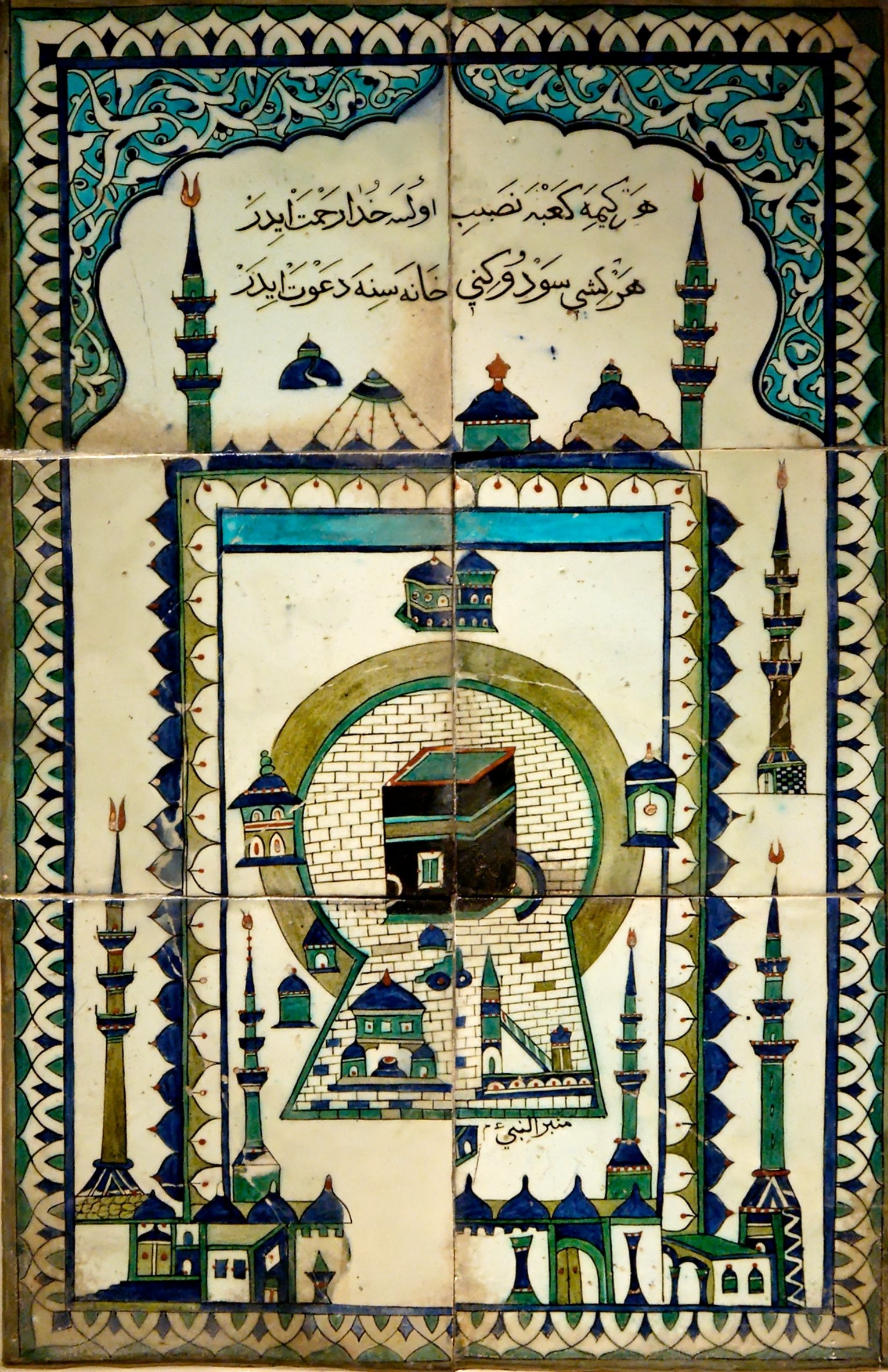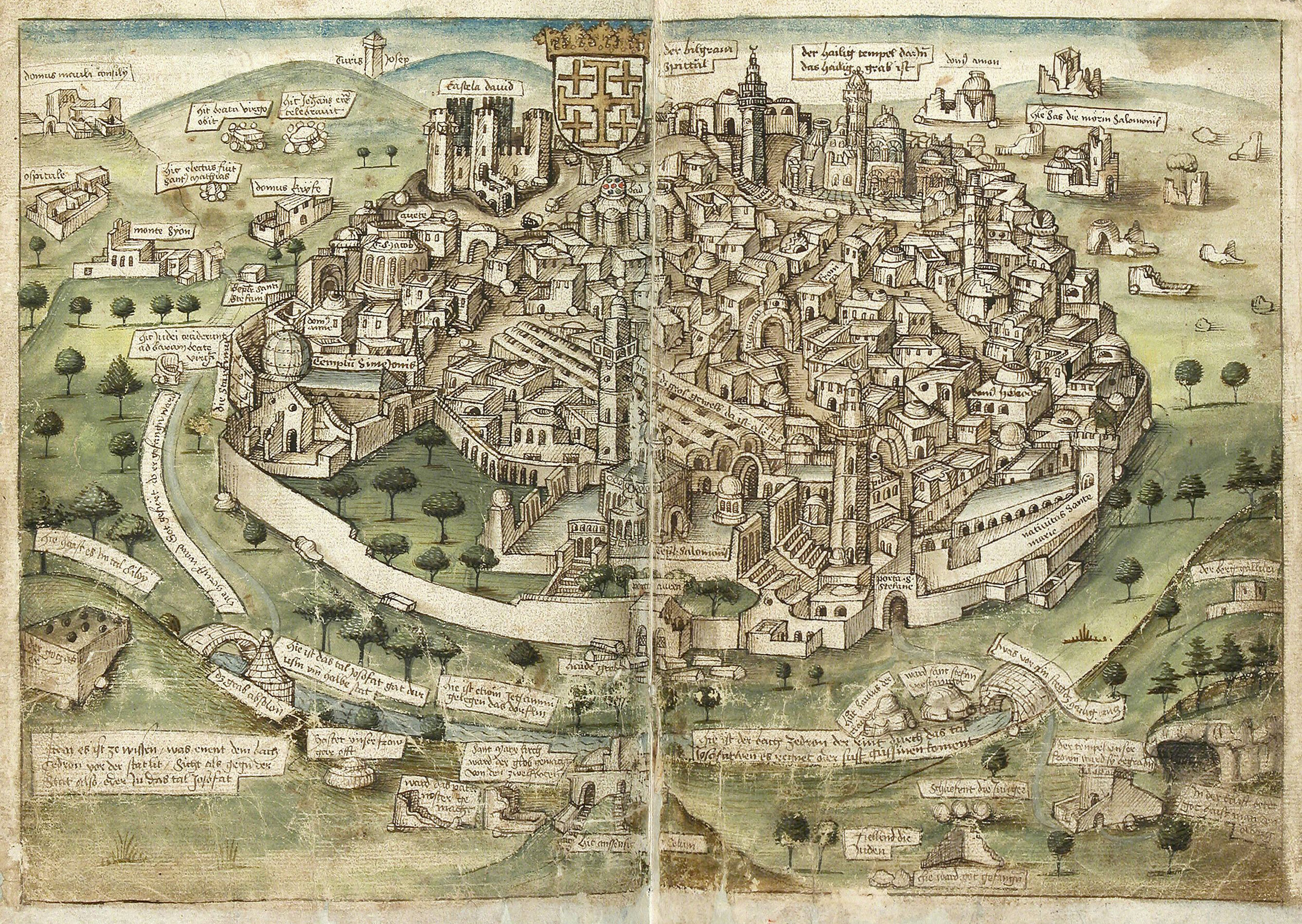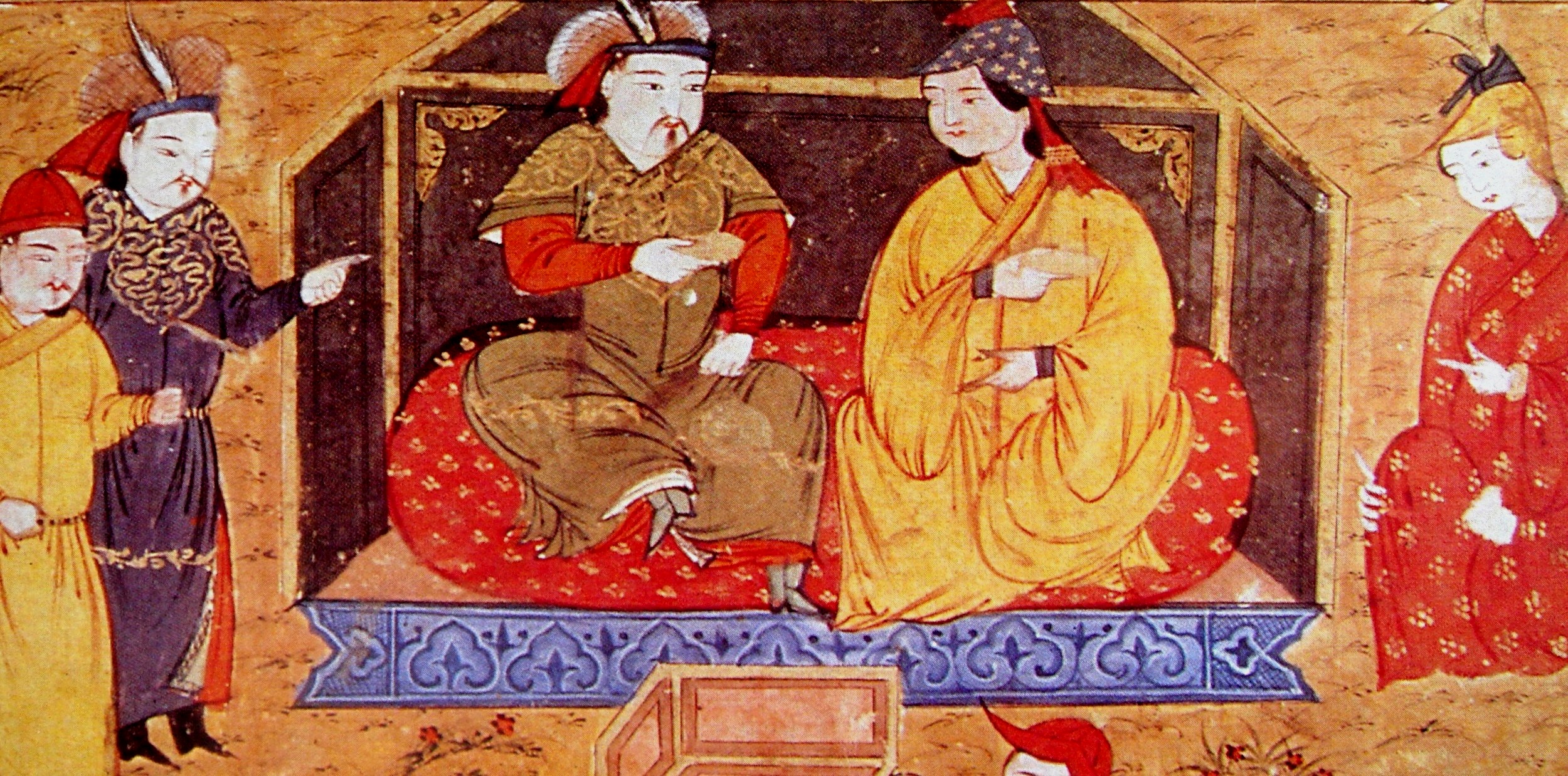A 17th-century depiction of Mecca currently held by the Louvre. (Wikimedia)
Today's episode centres on an anonymous 16th-century account of the Hajj that first appeared in English in a 1599 Hakluyt publication.
If you like what you hear and want to chip in to support the podcast, my Patreon is here.
Sources:
Hakluyt, Richard. The Principal Navigations, Voyages, Traffiques & Discoveries of the English Nation. James MacLehose and Sons, 1904.
One Thousand Roads to Mecca: Ten Centuries of Travelers Writing about the Muslim Pilgrimage, edited by Michael Wolfe. Grove Atlantic, 2015.
The Hajj: Pilgrimage in Islam. edited by Eric Tagliacozzo & Shawkat M. Toorawa. Cambridge University Press, 2016.
Peters, F.E. The Hajj: The Muslim Pilgrimage to Mecca and the Holy Places. Princeton University Press, 2021.




